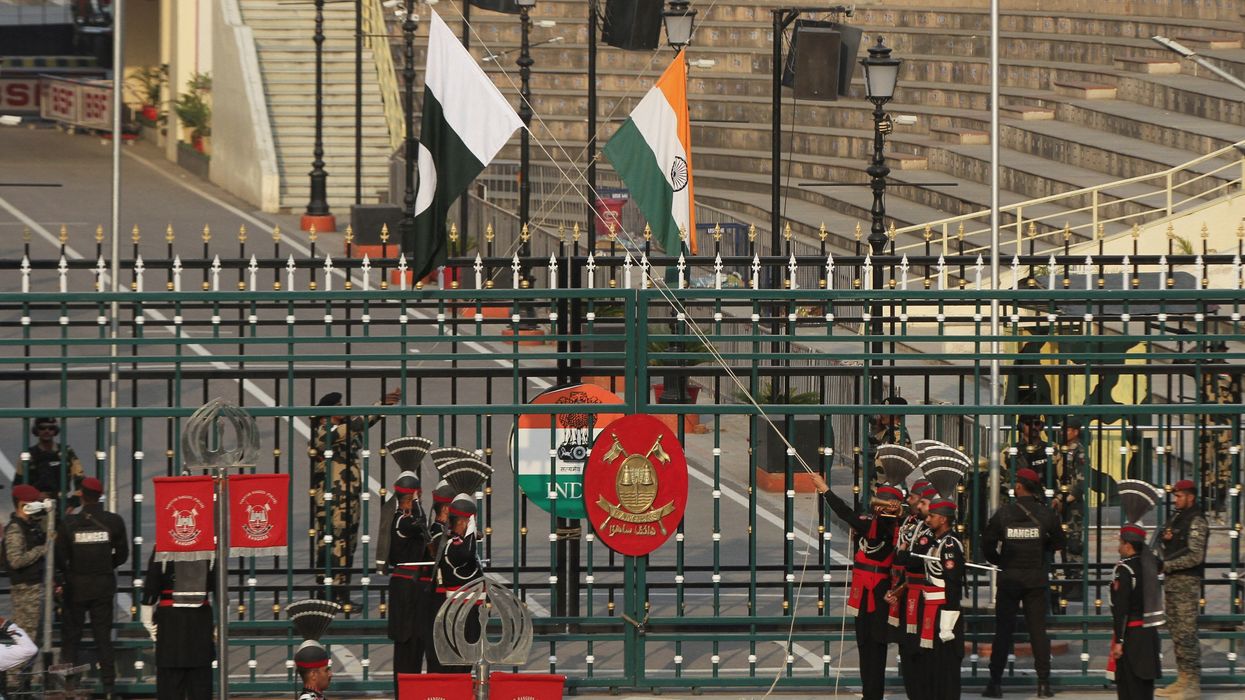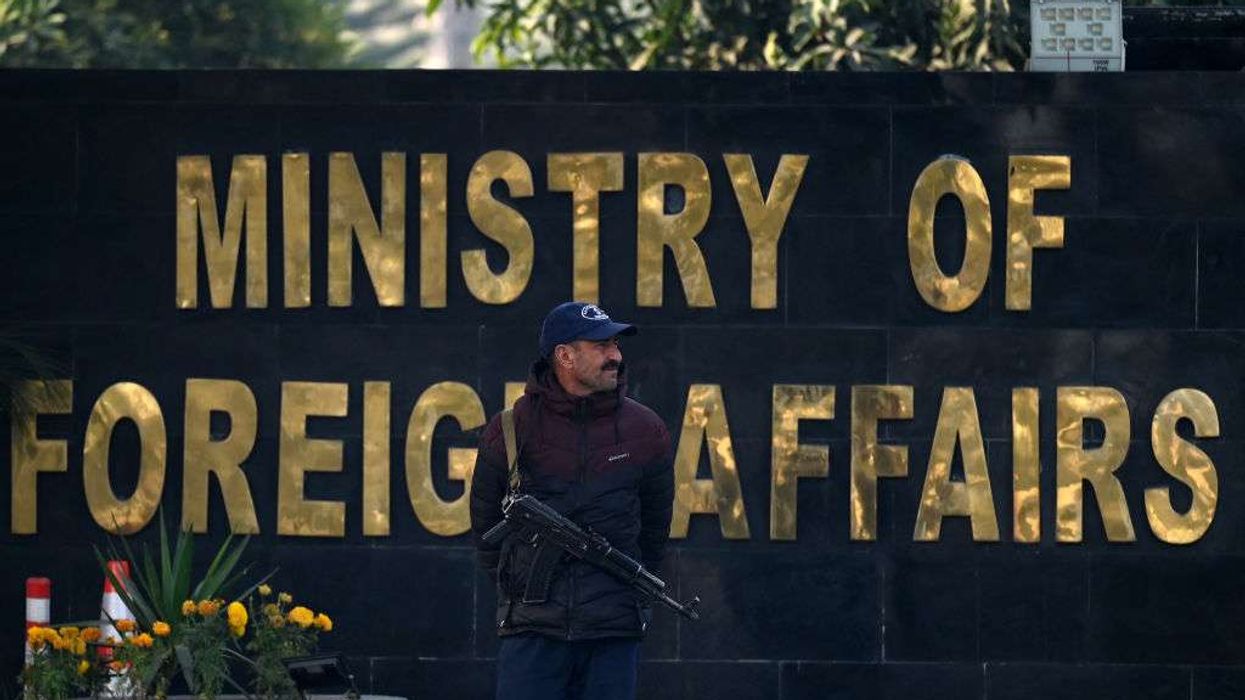Due to the rising number of cases worldwide, the World Health Organisation (WHO) has declared monkeypox a 'global health emergency.'
Also, as the cases in the UK increase to 2,208 (as of 21 July 2022) as reported by the Independent, there seems to be mounting concern over the spread of the disease.
While many symptoms of the illness initially appear to be similar to chickenpox, there are numerous essential differences between the two diseases.
According to the WHO, monkeypox is a viral zoonosis (a virus transmitted to humans from animals). The symptoms are reportedly similar to those seen in the past in patients with smallpox (a related orthopoxvirus infection that was announced eradicated globally, back in the year 1980). However, monkeypox is clinically less severe than smallpox.
Chickenpox on the other hand is caused by the varicella-zoster virus, which also causes shingles. It is a common and highly contagious disease, the Independent said.
But monkeypox is a rarer disease and spreads less easily too.
The WHO says human-to-human transmission can result from close contact with respiratory droplets, skin lesions of an infected person, or objects that have been recently contaminated. For chickenpox too, the transmission of the disease is similar.
For monkeypox, transmission via droplet respiratory particles usually requires prolonged face-to-face contact. This reportedly puts health workers, household members, and other close contacts of active cases at greater risk states the WHO.
According to the US Centres for Disease Control and Prevention (CDC), the incubation period for monkeypox can be seven-to-14 days, while symptoms of chickenpox can take up to 16 days to appear.
The initial symptoms of monkeypox include fever, muscle aches, chills, headache, backaches, and exhaustion. Nevertheless, the illness is reported to be mild.
Many of the same symptoms also appear in those infected with chickenpox. However, the only differentiating symptom of monkeypox is swollen lymph nodes. This symptom does not appear in those infected with the chickenpox virus.
Once an individual gets infected with monkeypox infection, a rash (similar to chickenpox rash) occurs usually within 1-3 days of a fever.
However, the way the rash forms for both diseases is different.
For monkeypox, the rash reportedly goes through several different stages. It first develops into papules which then develop into fluid-filled pustules before forming a scab that falls off. The monkeypox lesions also appear and develop at the same time.
But in the case of chickenpox, the rash (spots) appear at different times.
The Independent reports that chickenpox symptoms can last up to two weeks but usually subside in a week’s time, whereas, the symptoms of monkeypox usually last between two to four weeks.
According to the WHO, some strains can even cause severe disease. The recent fatality was recorded at 3 to 6 percent
New guidelines have been released by the UK government, for those infected with the virus and also for those who have been directly exposed to individuals infected with the virus.
The government has also advised such individuals to isolate themselves for three weeks, not to travel, and avoid contact with immunosuppressed people, women who are pregnant, and children under the age of 12, reported the Independent.












